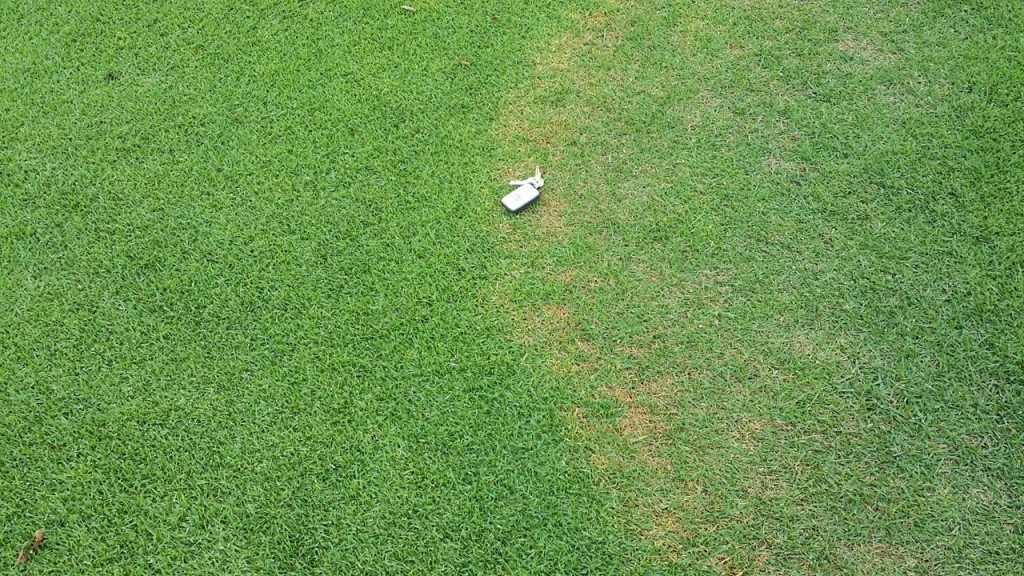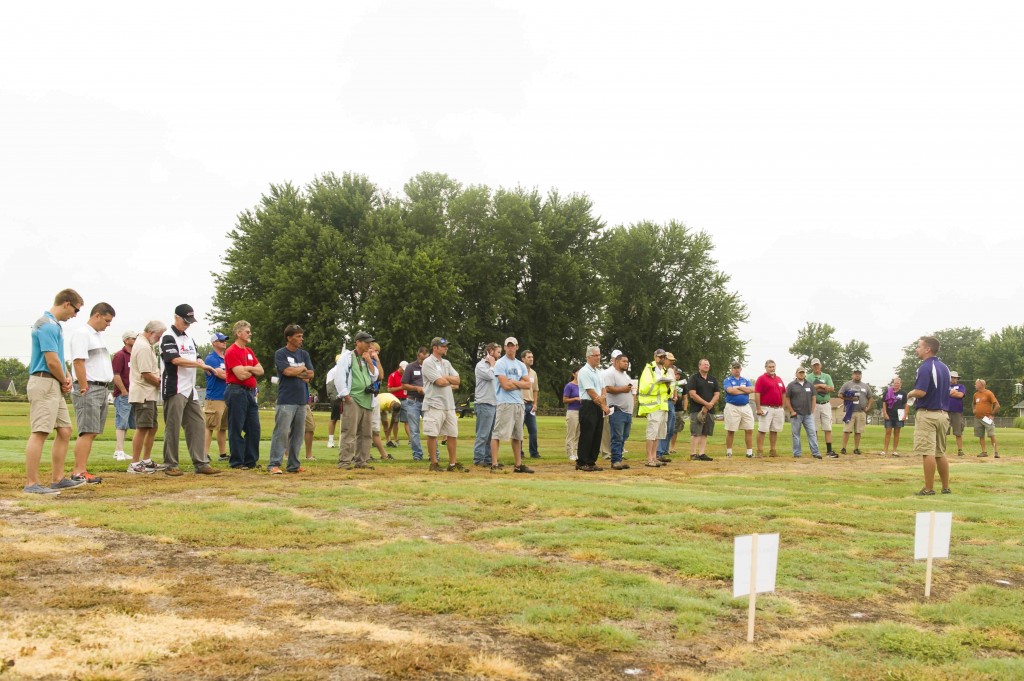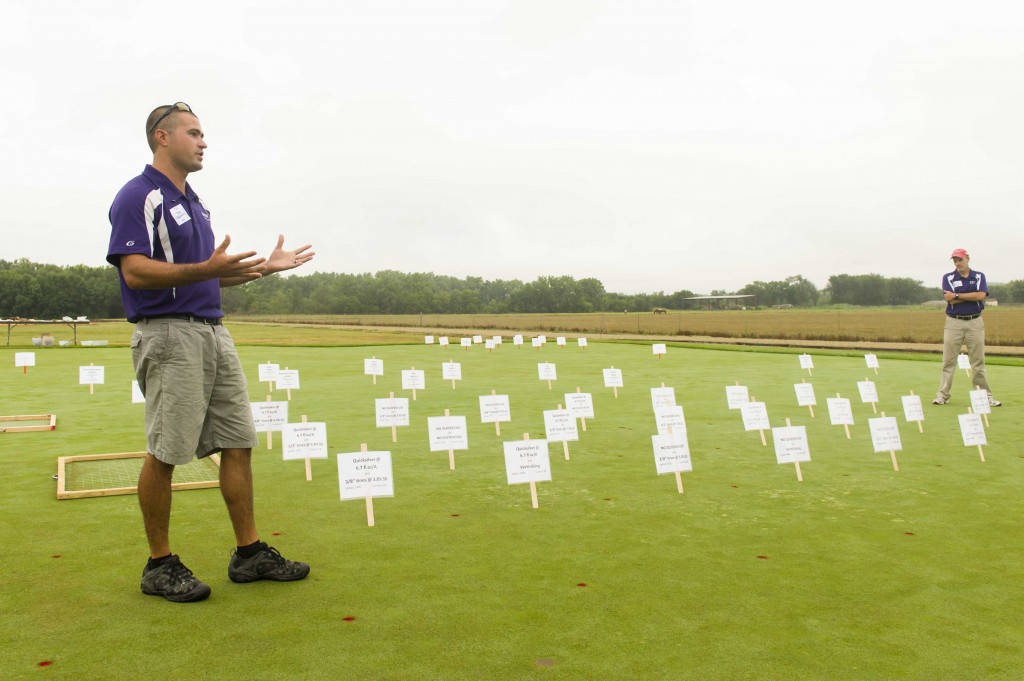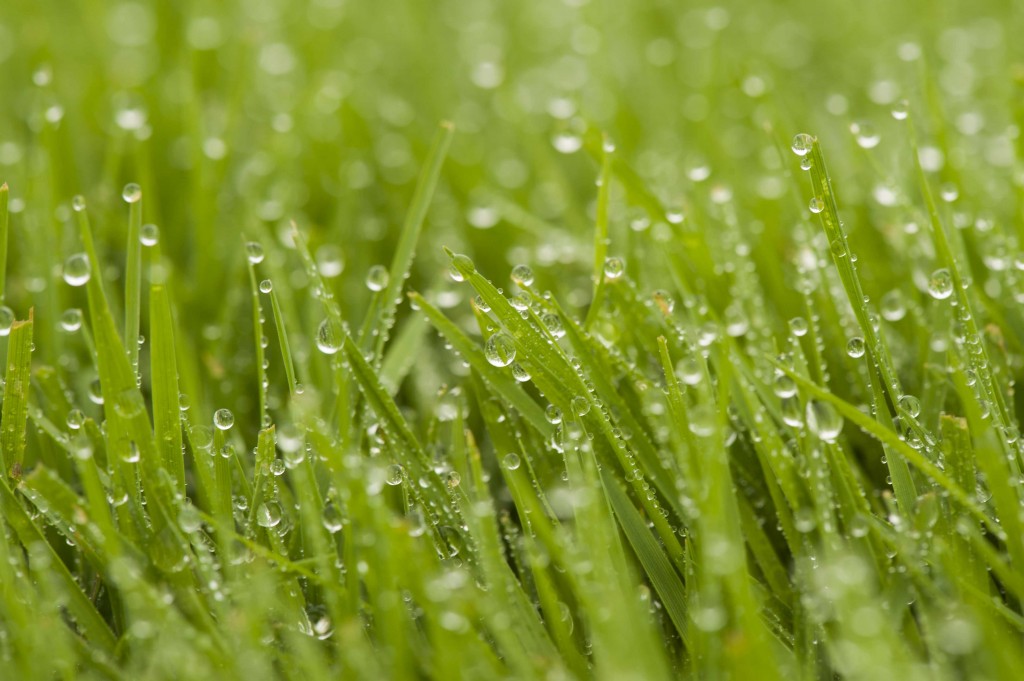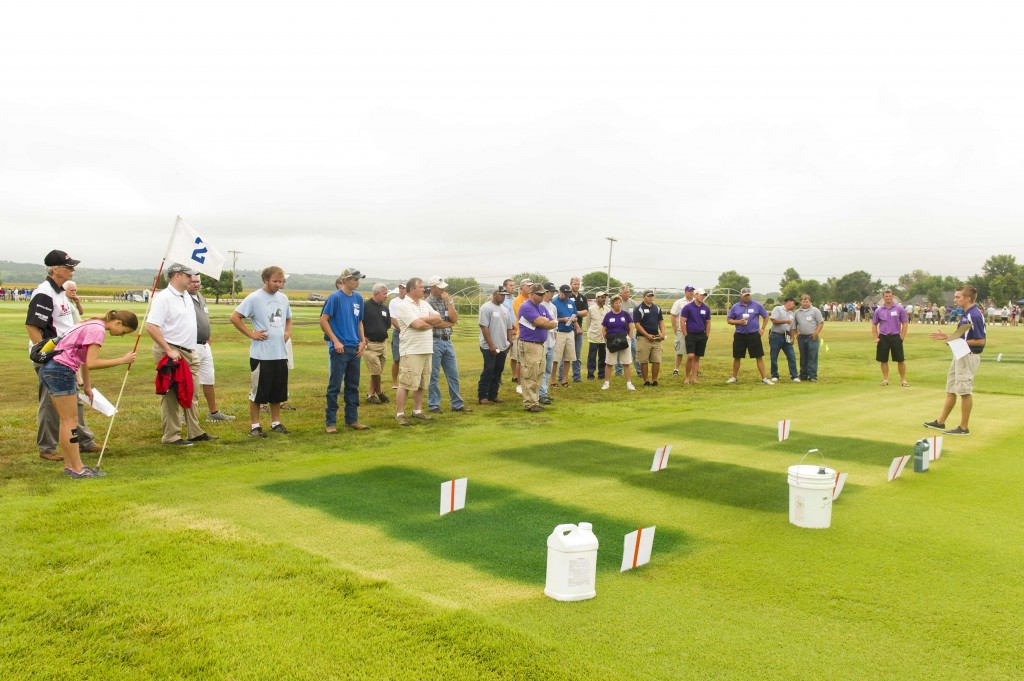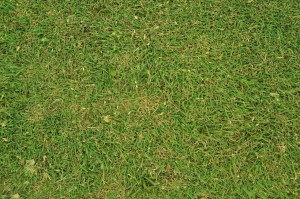(by Ward Upham and Jared Hoyle, KSU Research and Extension)
Though several cool-season grasses are grown in Kansas, tall fescue is considered the best adapted and is recommended for home lawns. The cultivar K-31 is the old standby and has been used for years. However, there is a myriad of newer cultivars that have improved color, density and a finer leaf texture. Most of these newer varieties are very close to one another in quality. Each year the National Turfgrass Evaluation Trial rates tall fescue varieties for color, greenup, quality and texture. Quality ratings are taken once a month from March through October. K-31 consistently rates at the bottom. The recommended cultivars were 3rd Millennium, Braveheart, Bullseye, Catalyst, Cochise, Corona, Escalade, Faith, Falcon V, Firecracker, Firenza, Jamboree, LS 1200, Monet, Mustang, Raptor II, Rhambler SRP, RK5, Shenandoah III, Shenandoah Elite, Sidewinder, Spyder LS, Talladega, Turbo and Wolfpack II. There are a number of other cultivars that did not make this list but should do well in Kansas. Go to http://ntep.org/data/tf06/tf06_12-10f/tf0612ft04.txt . Any variety with a mean rating of 6.0 or above should be fine. K-31 has a rating of 4.1. Keep in mind that mixes of several varieties may allow you to take advantage of differing strengths. It is not necessary for mixes to contain only the varieties mentioned above. Though K-31 may still be a good choice for large, open areas, the new cultivars will give better performance for those who desire a high-quality turf.
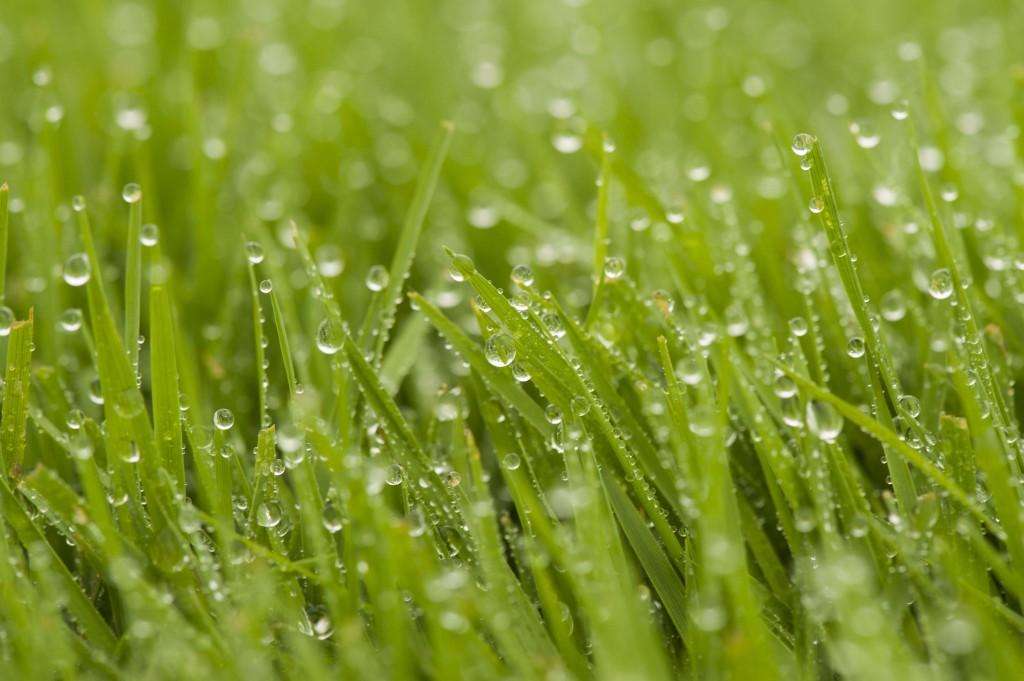
Though Kentucky bluegrass is not as heat and drought tolerant as tall fescue and the warm-season grasses, it is commonly used in northeastern Kansas, where there is sufficient annual rainfall. It is also grown under irrigation in northwestern Kansas where the higher elevation allows for cooler summer night temperatures. The following cultivars have performed well compared to other bluegrasses in this region. Use this list as a guide. Omission does not necessarily mean that a cultivar will not perform well. Recommended cultivars for high-quality lawns, where visual appearance is the prime concern, include Alexa II, Aura, Award, Bewitched, Barrister, Belissimo, Beyond, Diva, Everest, Everglade, Excursion, Ginney II, Granite, Impact, Midnight, NuChicago, NuGlade, NuDestiny, Rhapsody, Rhythm, Rugby, Skye, Solar Eclipse, STR 2485, Sudden Impact, Washington and Zifandel. Such lawns should receive 4 to 5 pounds nitrogen per 1,000 square feet per year and would typically be irrigated during dry periods to prevent drought stress. Cultivars that do relatively well under a low-maintenance program with limited watering often differ from those that do well under higher inputs. Good choices for low maintenance include Baron, Baronie, Caliber, Canterbury, Dragon, Eagleton, Envicta, Kenblue, North Star, and South Dakota. Instead of the 4 to 5 pounds of nitrogen per 1,000 square feet per year, low-maintenance program would include 1 to 2 pounds of nitrogen per 1,000 square feet per year. Obviously, a low-input lawn will not be as attractive as a higher-input lawn, but you can expect the cultivars listed above to look fairly good in the spring and fall, while going dormant in the summer.





